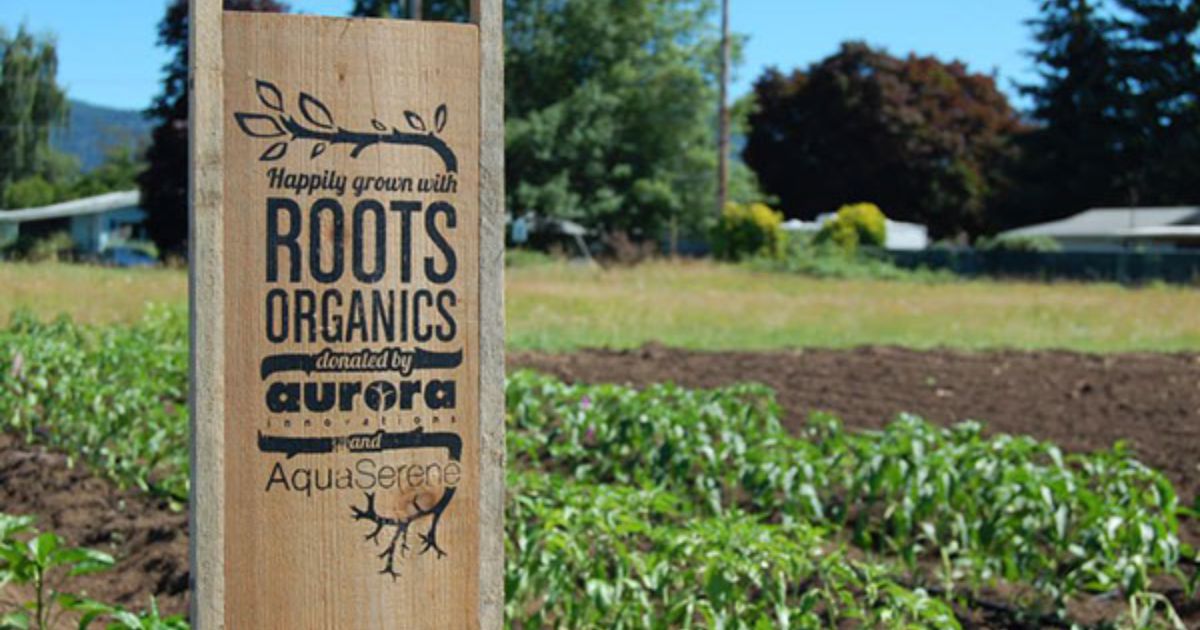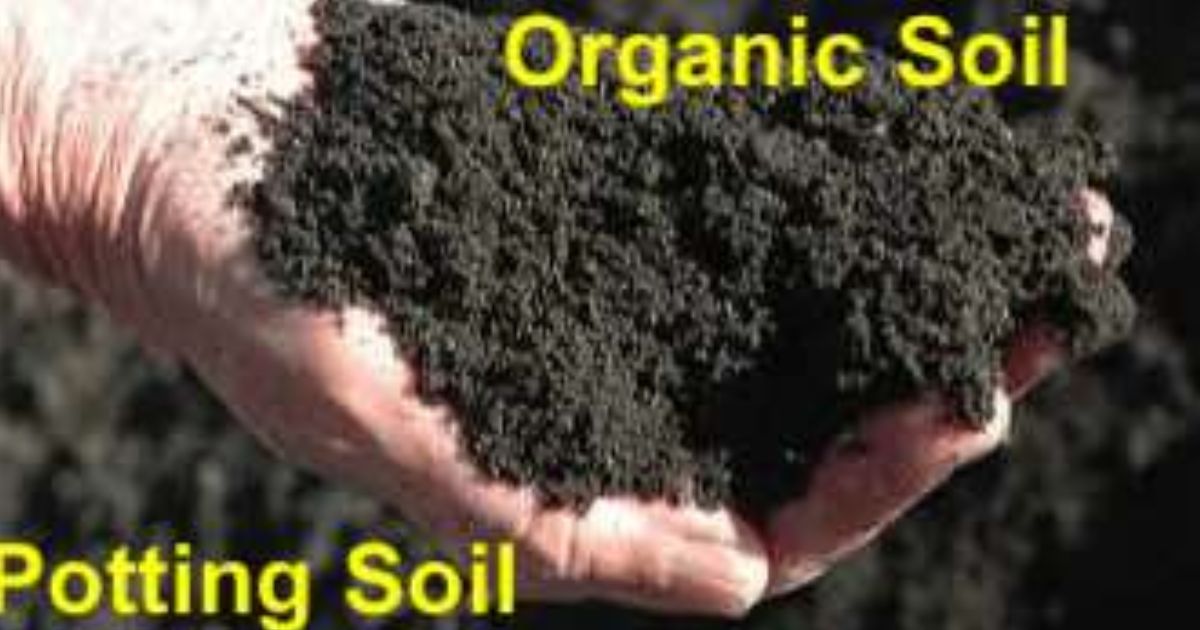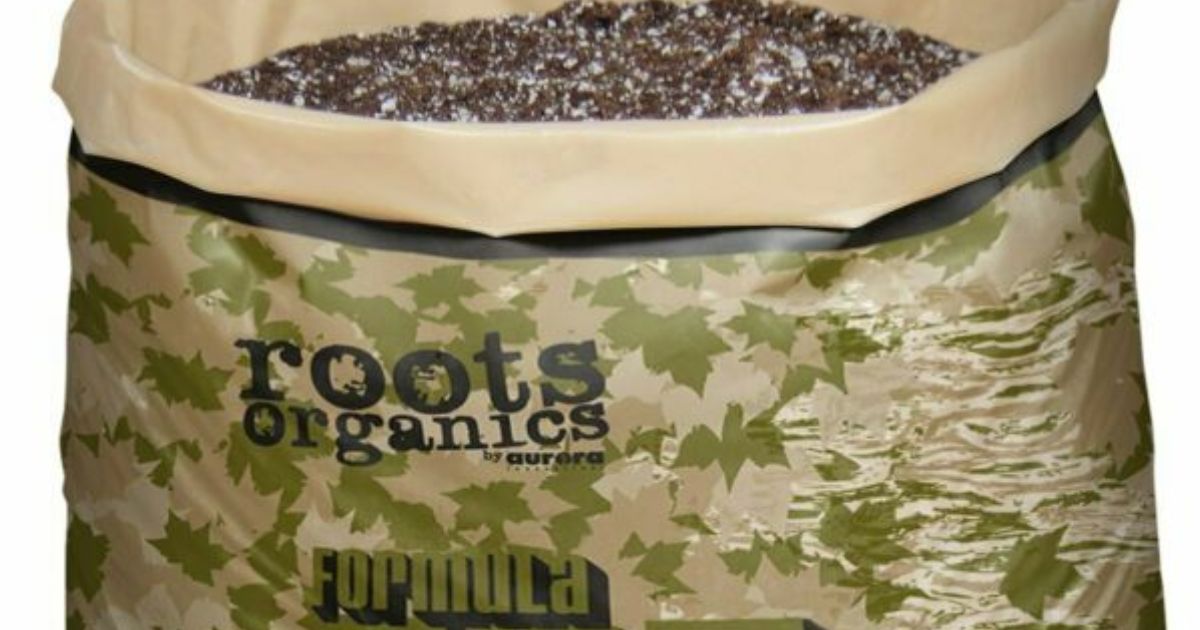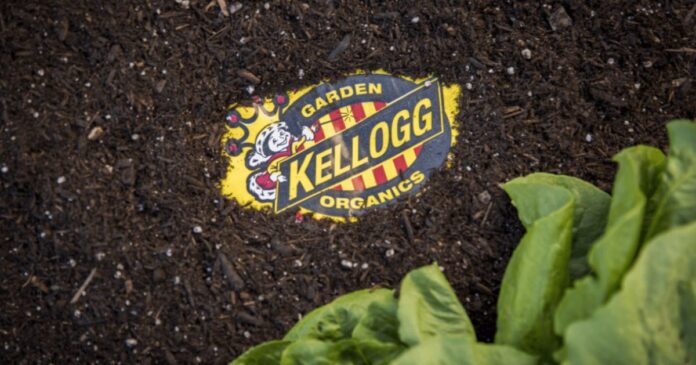The success of your garden depends on the soil you choose. The Original Roots Organics Potting Soilhas grown to be a favorite among gardeners and indoor growers for its nutrient-rich composition, excellent drainage, and ability to support strong root development. Whether you’re growing vegetables, flowers, or cannabis, understanding how to use this organic soil effectively can significantly boost plant health and yield.
In this guide, we’ll walk you through everything you need to know, from preparing the soil and planting seeds or clones to maintaining nutrient levels and avoiding common mistakes. By the end, you’ll have the knowledge to make the most of Roots Organics Original Potting Soil and help your plants thrive.
Understanding Roots Organics Original Potting Soil
Roots Organics Original Potting Soil is a high-quality, organic soil blend designed to provide plants with the vital nutrients and conditions they require to flourish. Unlike standard potting mixes, this soil is crafted with a balance of natural ingredients that promote healthy root growth and robust plant development.
Key Components:
- Peat Moss & Coconut Coir: These provide excellent water retention while keeping the soil airy, preventing root rot and overwatering issues.
- Compost & Humus: Rich in organic matter, How Much Water Does a Cannabis Plant Need they supply essential nutrients and improve soil structure.
- Perlite: Ensures proper aeration and drainage, allowing roots to breathe and grow efficiently.
- Worm Castings & Microbes: Encourage beneficial microbial activity, which helps plants absorb nutrients more effectively.
Benefits of Using Roots Organics Soil:

- Enhanced Root Health: The blend encourages strong root development, which is crucial for overall plant growth.
- Nutrient-Rich Environment: Plants get a slow-release supply of essential nutrients without the risk of overfertilization.
- Improved Water Retention and Drainage: Roots Organics strikes a balance, keeping soil moist without waterlogging.
By understanding these features, you’ll know why Roots Organics Original Potting Soil is more than just “dirt”; it’s a complete growing medium designed to support healthy, thriving plants.
Preparing Your Roots Organics Soil
Before planting, proper preparation of Roots Organics Original is required. To give your seedlings the most fantastic start, you must use potting soil. While this soil is nutrient-rich and ready to use, How Do I Plant Weed Seeds a few simple steps can help optimize its structure and performance.
Check Moisture Levels
- Open the bag and feel the soil. It should be slightly damp but not soggy.
- If it feels dry, lightly mist it with water and mix thoroughly to ensure even moisture distribution.
- Avoid overwatering at this stage, as soggy soil can lead to root rot.
Loosen the Soil
- Break up any clumps to create a light, fluffy texture.
- This ensures roots can spread easily and improves aeration.
Optional Soil Amendments
- Depending on your plants’ needs, you can mix in additional components:
- Perlite or Vermiculite: Enhances drainage and aeration for potted plants.
- Compost or Worm Castings: Boosts nutrient content for heavy-feeding plants like tomatoes or cannabis.
- Dolomite Lime: Helps maintain optimal pH if needed.
Fill Your Containers or Beds
- For pots: Fill 2/3 to 3/4 of the container with the prepared soil.
- For garden beds: Spread the soil evenly and lightly rake to smooth the surface.
- Leave space at the top for watering without overflow.
Pre-Watering (Optional but Recommended)
- Lightly water the soil before planting seeds or transplants.
- This helps settle the soil around roots and reduces transplant shock.
By taking these preparation steps, you create an ideal growing environment that maximizes the benefits of Roots Organics Original Potting Soil, magiccann canna gummies giving your plants a strong start for healthy growth and higher yields.
Planting with Roots Organics Original Potting Soil
Once your Roots Organics Original Potting Soil is prepared, the next step is planting. Whether you’re sowing seeds, transplanting seedlings, or rooting clones, following the proper planting method ensures your plants get off to a strong start.
Choosing the Right Container or Bed
- For garden beds, make sure the area has good drainage and sunlight.
- Ensure the container size matches your plant’s growth potential.
Planting Seeds
- Create small holes in the soil, about 1–2 times the seed’s diameter deep.
- Place the seeds in the holes and gently cover with soil.
- Lightly water to settle the soil around the seeds without washing them away.
- Maintain consistent moisture until germination, Best Time to Start Growing Weed Outdoors keeping the soil damp but not soggy.
Transplanting Seedlings
- Make a hole that is slightly larger than the seedling’s root ball.
- Place the seedling in the hole, ensuring the roots are spread naturally.
- Cover the roots with Roots Organics soil and gently press to eliminate air pockets.
- Water immediately to help the plant adjust and reduce transplant shock.
Rooting Clones
- Fill a small container with Roots Organics soil and create a shallow hole.
- Insert the clone’s stem or cutting, ensuring the rooting node is buried.
- To keep the cutting moist, lightly spray and firm the soil around it.
- Keep in a warm, bright (indirect light) area until roots establish.
Watering After Planting
- After planting, water the soil sparingly to help it settle without compacting.
- Avoid overwatering during the early stages; Roots Organics retains moisture well.
- Monitor soil moisture regularly and adjust watering as needed.
By following these planting steps, you give your plants the optimal start in Roots Organics Original Potting Soil, promoting strong root systems, hempushpa syrup uses in marathi healthy growth, and higher yields.
Feeding and Maintenance
Roots Organics Original Potting Soil is nutrient-rich and designed to support plant growth for several weeks. However, proper feeding and maintenance are key to ensuring your plants remain healthy and produce their best yields.
Understanding Nutrient Release

- Roots Organics soil contains slow-release nutrients from compost, worm castings, and other organic matter.
- Early-stage plants (seedlings and young clones) often don’t need additional feeding for the first 2–3 weeks.
- As plants enter vegetative and flowering stages, supplemental feeding may be required for optimal growth.
Feeding Schedule
- Vegetative Stage: Use a balanced organic fertilizer with higher nitrogen to support leaf and stem growth.
- Flowering Stage: Switch to fertilizers higher in phosphorus and potassium to encourage blooms and fruiting.
Always follow the product’s recommended dosages to prevent overfeeding or nutrient burn.
Monitoring Soil pH
- The ideal pH range for most plants in Roots Organics soil is 6.0–7.0.
- Test soil periodically using a pH meter or test kit.
- Adjust pH if necessary using dolomite lime (to raise) or organic acids like vinegar (to lower).
Remove dead leaves or debris to prevent pests and fungal growth.
Observing Plant Health
- Keep an eye out for yellowing leaves, drooping, or slow growth.
- These can indicate overwatering, nutrient deficiencies, or pest issues.
- Correct problems early to avoid long-term damage.
By combining proper feeding, consistent watering, and regular monitoring, you can maximize the benefits of roots organics original potting soil review and ensure your plants thrive throughout their lifecycle.
Maximizing Growth and Yield
Using roots organics original potting soil ingredients correctly sets the foundation for vigorous, healthy plants, but a few extra techniques can help you take growth and yield to the next level.
Optimize Root Health
- Roots Organics is rich in roots organic original matter and microbes, which support root development.
- Avoid compacting the soil; lightly aerate the top layer occasionally to keep roots oxygenated.
- Consider adding beneficial mycorrhizal fungi or microbial teas to further enhance nutrient uptake.
- Adjust watering, feeding, or light exposure based on plant response.
- Healthy, well-maintained plants in nutrient-rich Roots Organics soil will consistently produce higher yields.
By combining optimal soil use with proper care techniques, you can maximize both the growth and productivity of your plants, taking full advantage of Roots Organics Original Potting Soil’s nutrient-rich, root-friendly environment.
Common Mistakes to Avoid
Even with high-quality roots organic 707, mistakes during planting and maintenance can limit your plants’ growth and yield. Avoiding these common pitfalls ensures your garden thrives.
Overwatering or Underwatering
- Roots Organics retains moisture well, so overwatering is a common problem.
- Signs of overwatering: yellowing leaves, soggy soil, slow growth.
- Signs of underwatering: drooping leaves, dry soil, stunted growth.
Solution: Check soil moisture regularly and water only when the top 1–2 inches are dry.
Reusing Soil Without Proper Conditioning
- Reusing soil without replenishing nutrients can reduce plant growth and yield.
- Old soil may become compacted, affecting root health.
Solution: Refresh reused soil by mixing in compost, 5 Benefits of Black Gold Organic Potting Mix for Plants perlite, or other roots organics lush amendments before planting.
Neglecting pH and Environmental Factors
- Soil pH outside the ideal range (6.0–7.0) can limit nutrient absorption.
- light, temperature, or airflow can hinder growth even in nutrient-rich soil.
Solution: Test soil pH regularly and maintain suitable environmental conditions.
Overfertilizing

- Too much fertilizer can harm roots and cause nutrient burn.
- Roots Organics already contains slow-release nutrients, so avoid unnecessary feeding.
Solution: Follow recommended feeding schedules and supplement only when needed.
By being aware of these common mistakes, Best Soil Mixture for Cannabis you can prevent setbacks and ensure your plants get the full benefits of roots organic soil near me Careful attention to watering, nutrition, and soil management is key to a healthy, thriving garden.
Conclusion
Roots Organics Original Potting Soil is more than just a growing medium; it’s a nutrient-rich, root-friendly foundation that can help your plants thrive from seedlings to full maturity. By understanding its components, preparing it properly, planting carefully, and maintaining consistent feeding and watering, you can maximize plant health and yields.
Avoid common mistakes like overwatering, neglecting soil amendments, or improper pH management, and you’ll see the full benefits of this premium organic soil. With the proper care, Roots Organics can turn any garden, whether indoors or outdoors, into a lush, productive, and thriving environment.Plants thrive on rich soil, and with these suggestions, you’re well on your way to mastering the art of gardening with roots organic nutrients.
FAQ
Can Roots Organics Original Potting Soil be used for all types of plants?
Yes, it’s versatile and suitable for vegetables, flowers, indoor houseplants, and cannabis. However, some heavy-feeding plants may require additional organic amendments for optimal growth.
How often should I water plants in Roots Organics soil?
Water when the top 1–2 inches of soil feel dry. Avoid overwatering, as Roots Organics retains moisture well. Adjust frequency based on plant type, size, and environmental conditions.
Do I need to add fertilizer when using Roots Organics soil?
For the first 2–3 weeks, seedlings and young plants generally don’t need additional feeding. As plants mature, supplementing with organic fertilizers during vegetative and flowering stages can boost growth and yields.
Can I reuse Roots Organics soil for another planting cycle?
Yes, but it’s essential to refresh the soil by mixing in compost, perlite, or other organic amendments to restore nutrients and improve structure before replanting.
What is the ideal pH for Roots Organics soil?
The ideal pH range is 6.0–7.0, which allows most plants to absorb nutrients effectively. Test periodically and adjust with dolomite lime or organic acids if necessary.
Can Roots Organics soil be used in hydroponic systems?
No, Roots Organics is a soil-based medium and is not suitable for hydroponic systems, which require inert or water-based growing mediums.




